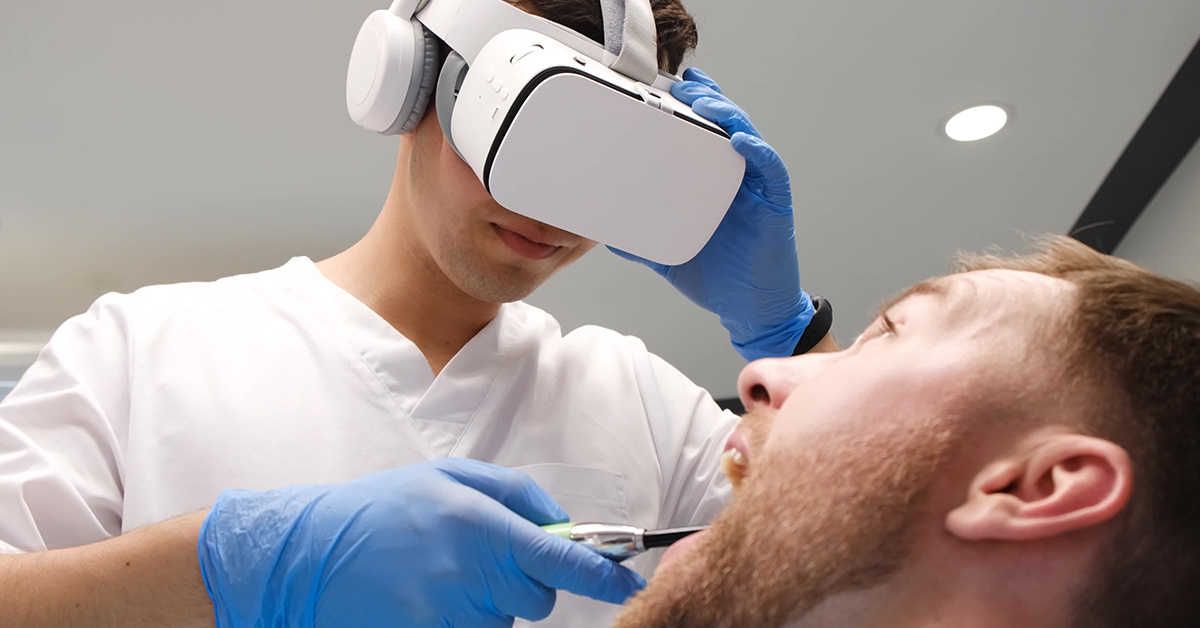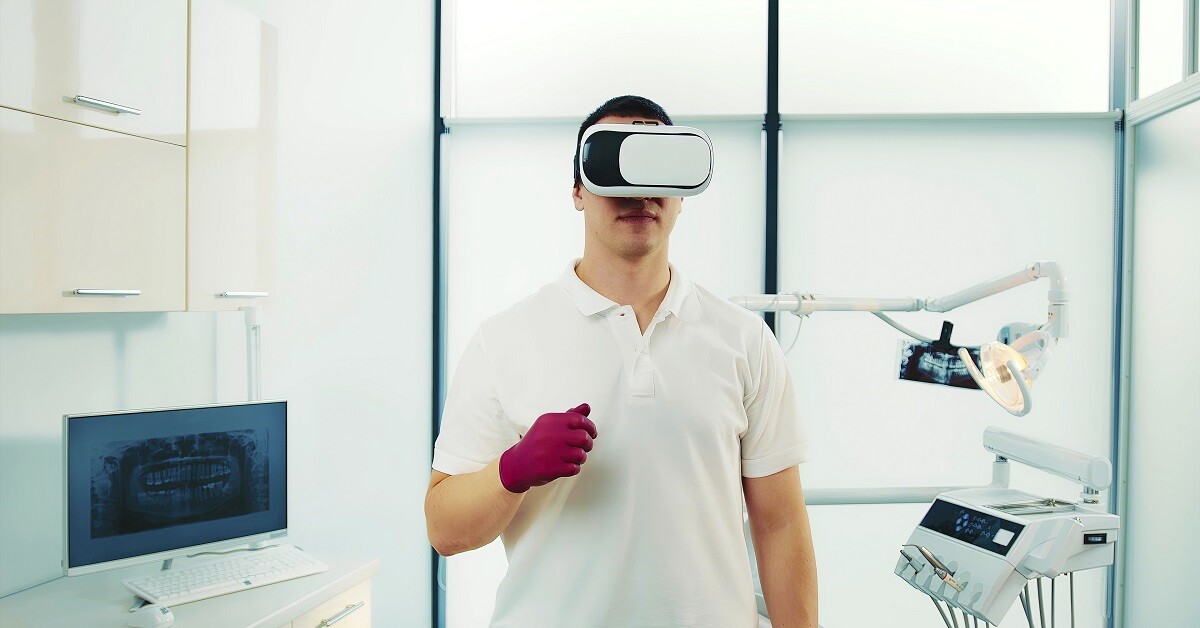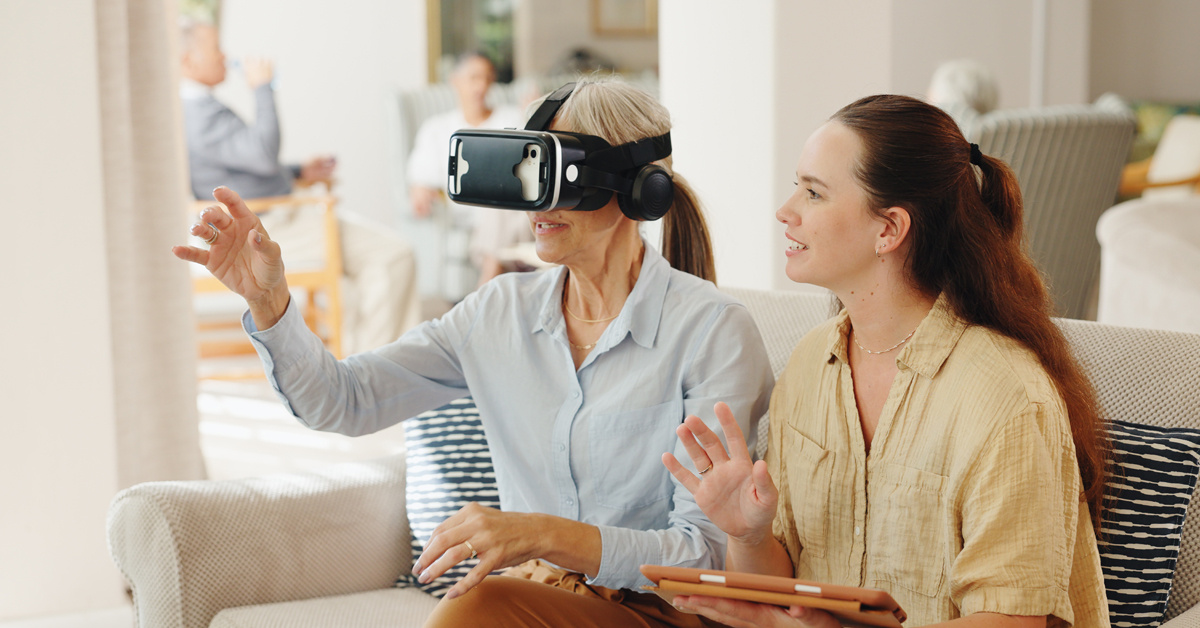"You never really know the value of a moment until it becomes a memory." – Dr. Seuss.
This quote rings especially true in the world of medical education. The moment a medical student steps into a clinical rotation for the first time is a turning point in their journey—a time when theoretical knowledge meets real-world application. But what happens when the opportunity to gain hands-on experience is limited, or students are unable to get enough exposure due to the constraints of traditional clinical rotations? That's where AR/VR technology can step in, revolutionizing how we train the next generation of healthcare professionals.
At Focus EduVation, we are at the forefront of leveraging Augmented Reality (AR) and Virtual Reality (VR) to enhance clinical rotations, offering innovative solutions that give learners immersive, real-time experiences that they may not have access to in a traditional clinical setting.
But the big question remains: How can AR/VR technologies provide clinical rotation experiences, and why are clinical rotations so important for medical students and healthcare professionals in training?
Why Are Clinical Rotations Important?
Clinical rotations are an integral part of medical education, providing students with the opportunity to apply their academic learning in real-world settings. These rotations allow students to work directly with patients, develop clinical skills, and understand the dynamics of medical practice, including communication, decision-making, and collaboration with healthcare teams.
The primary focus of clinical rotations is to give students:
- Hands-on experience with patients in diverse medical settings.
- Exposure to a wide range of diseases, treatments, and healthcare procedures.
- The chance to learn under supervision from experienced professionals, helping to solidify their theoretical knowledge.
- The ability to build confidence in their clinical skills and decision-making processes.
Clinical rotations are crucial in preparing students for their roles as future healthcare providers. According to the Association of American Medical Colleges (AAMC), clinical rotations not only enhance a student's learning but also help improve their clinical reasoning skills and ability to make informed decisions. These hands-on experiences are key to bridging the gap between classroom learning and real-world practice, fostering a more holistic and comprehensive medical education.
The Role of AR/VR in Clinical Rotations
So, what happens when traditional clinical rotations fall short, or when there simply aren't enough opportunities for every student to experience all the scenarios they might face in real practice? Enter AR/VR technology.
Augmented Reality and Virtual Reality can provide medical students with immersive, real-time learning experiences that mimic real-life clinical rotations, without the limitations that come with scheduling, patient availability, or the physical space of a hospital or clinic. Here's how AR/VR can reshape clinical rotations:
- Simulated patient interactions: Using VR, students can interact with virtual patients in a controlled environment. These simulations can mimic a variety of conditions, allowing students to practice diagnosing, making treatment decisions, and refining their patient communication skills, all without any risk to real patients.
- Surgical procedures: With AR and VR tools, students can practice complex surgical procedures in 3D simulations, enabling them to gain confidence and expertise before performing real-life surgeries. This gives them hands-on practice in an environment where they can make mistakes and learn from them safely.
- Realistic medical scenarios: VR allows students to experience medical emergencies or rare conditions that may be difficult to encounter during a typical rotation. This helps fill gaps in clinical training by exposing students to a broader range of cases.
- Remote rotations: With the advancement of VR telemedicine, students can participate in virtual rotations across the globe. They can collaborate with healthcare professionals and observe medical procedures happening in different countries and environments, expanding their clinical exposure.
The Big Question: How Does AR/VR Technology Change the Landscape of Clinical Rotations?
With all this potential, the key question is: How can AR/VR be used to complement and enhance traditional clinical rotations, ultimately providing a more comprehensive, efficient, and accessible learning experience for medical students?
The Future of Medical Education: Real-World Cases and Impact
Let's explore a few examples where AR/VR technology is already making a significant impact in clinical rotations:
- Stanford Medicine's Virtual Reality Program: Stanford University has integrated VR into its clinical training, allowing students to practice in a variety of medical scenarios. In one project, students used VR simulations to experience complex surgeries and patient interactions, giving them the chance to practice without the pressure of real-time consequences. According to the Stanford School of Medicine's findings, students who used VR for procedural practice performed better in actual surgeries, demonstrating the tangible benefits of immersive learning .
- Osso VR and Surgical Training: Osso VR is a platform that uses virtual reality to train surgeons in a wide range of procedures. It enables learners to perform simulated surgeries, receiving instant feedback on their performance. Studies have shown that surgeons who trained using VR showed significant improvement in performance compared to those who only received traditional, hands-on training. This highlights VR's potential to accelerate learning and improve outcomes in complex surgical fields .
The Big Picture: Transforming Medical Education with AR/VR
As these examples show, AR and VR technologies are already having a significant impact on medical education, especially in the realm of clinical rotations. By creating virtual environments where students can practice and interact with realistic, simulated medical scenarios, we can enhance learning outcomes, expand access to clinical experiences, and provide a more flexible, scalable solution to the challenges posed by traditional rotations.
By integrating AR/VR into clinical training, we not only help students practice rare or complex cases but also offer them opportunities for repetitive practice in scenarios where traditional clinical rotations may not provide the volume or variety of cases needed. This can ensure that students graduate with a stronger, more comprehensive skill set, ultimately benefiting both their education and patient care.
Conclusion: Taking the Next Step in Medical Education with Focus EduVation
At Focus EduVation, we are committed to bringing innovative solutions like AR/VR technology to the forefront of healthcare education. Our advanced AR/VR training platforms provide a flexible, interactive, and immersive way to enhance clinical rotations, giving learners the chance to practice, learn, and grow in an engaging, risk-free environment.
If you're ready to take your medical education to the next level, explore how Focus EduVation's AR/VR solutions can help expand clinical rotation experiences and give students the real-world exposure they need, no matter the limitations of the traditional learning model.
Ready to revolutionize your clinical rotations? Click here to learn more about Focus EduVation's AR/VR solutions for healthcare education.



